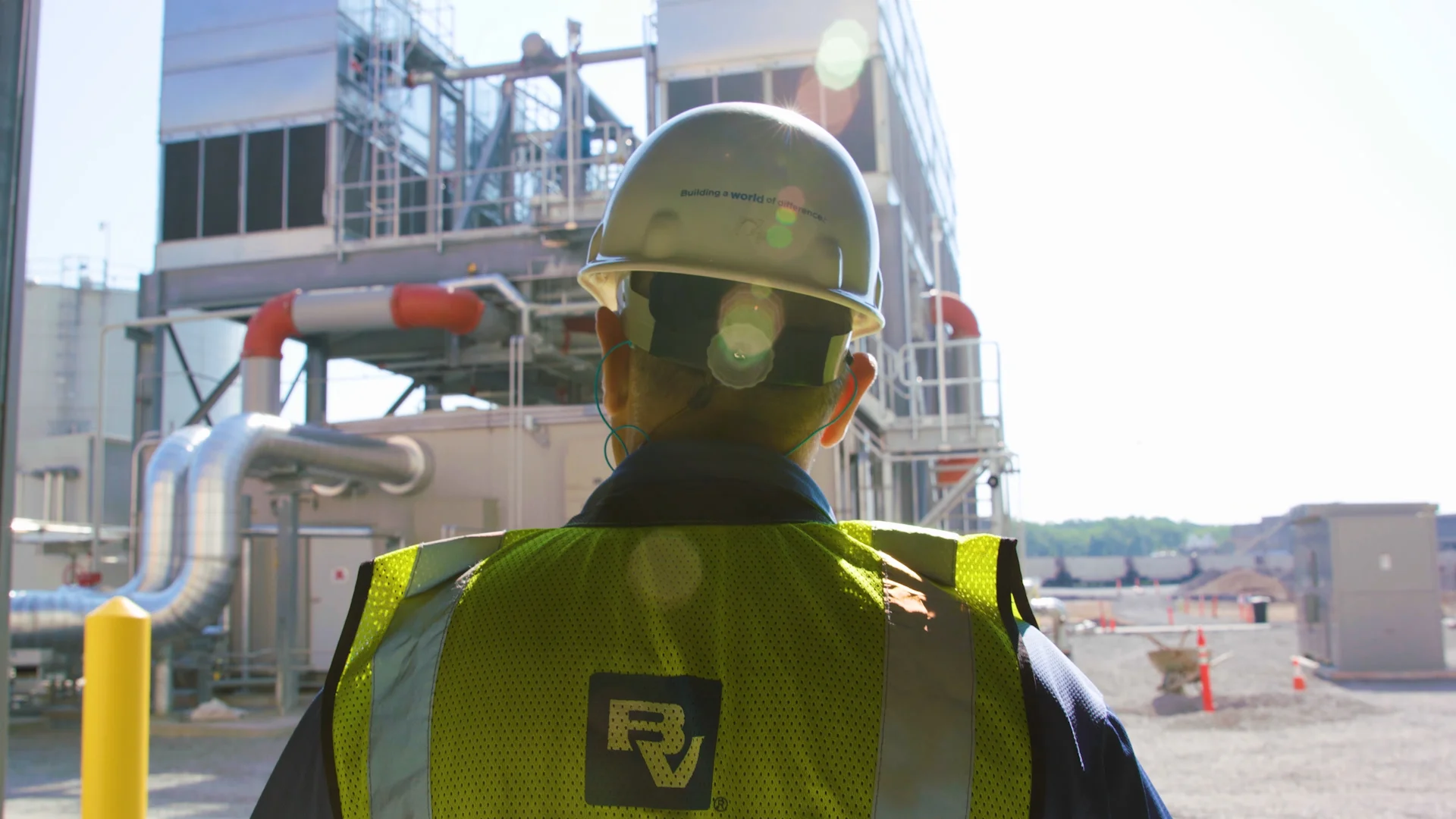Once again in 2024, U.S. power utilities got an unwelcomed reminder of the disruptions of devastating weather events, punctuated by the above-average Atlantic hurricane season accurately predicted. Coming off that assault from deadly hurricanes Beryl, Debby and the one-two punch of Helene and Milton — knocking out power to millions of homes and businesses — there’s a new warning power providers in vulnerable areas should heed: Buckle up for another potentially rocky ride this year.
The National Oceanic and Atmospheric Administration expects a six-in-10 chance of an above-normal hurricane season, which traditionally runs from June 1 through November. That administrative overseer of the National Weather Service forecasts that of 13 to 19 total named storms, six to 10 will become hurricanes packing winds of at least 74 mph. Three to five of those will be major hurricanes Category 3 — winds exceeding 111 mph — or stronger. Of 14 tropical storms that crop up during an average year, half spin into hurricanes, based on weather records dating from 1991 to 2020.
While power utilities always think preparedness, the advent of yet another hurricane season should be an urgent incentive to get robust response plans in order for when nature breaks through grid defenses. Outside of coastal areas, utilities would be equally wise to take similar measures to mitigate their own significant storms – and other fallout, including wildfires, droughts and landslides – that significantly blunt their ability to keep electricity flowing.
Pressure is mounting to invest in grid upgrades that enhance operational resiliency, as well as to marshal the resources – from boots and specialized trucks on the ground to drones in the sky – along with other technologies and essential replacement parts such as poles and transformers.
It’s about being proactive and reactive, leveraging the expertise of a critical infrastructure solutions provider to formulate a multi-dimensional game plan.







